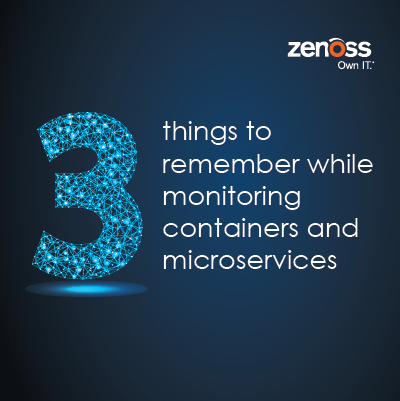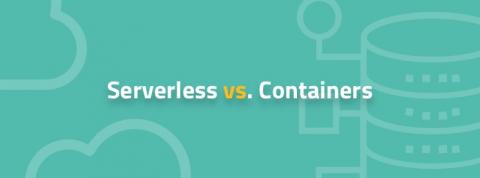Operations | Monitoring | ITSM | DevOps | Cloud
Containers
The latest News and Information on Containers, Kubernetes, Docker and related technologies.
Top 5 Best Practices in Kubernetes Network Security & Compliance
Monitoring and securing Java apps at Quby.
Moving to a Docker-based cloud for Java apps orchestrated by Mesos Marathon required a different approach to monitoring and security for Quby, the Amsterdam-based developer of smart home solutions and maker of smart thermostat and service platform ‘Toon.’ That’s when they found Sysdig. The Sysdig Cloud-Native Intelligence Platform helps Quby resolve issues faster, and reduces monitoring system administration effort by 400%.
What's new in Elastic Stack 6.x - Morgan Goeller - Elastic San Antonio Meetup
Kubernetes Monitoring with Prometheus: AlertManager, Grafana, PushGateway (part 2).
A complete ‘Kubernertes monitoring with Prometheus’ stack is comprised of much more than Prometheus servers that collect metrics by scraping endpoints. To deploy a real Kubernetes and microservices monitoring solution, you need many other supporting components including rules and alerts (AlertManager), a graphics visualization layer (Grafana), long term metrics storage, as well as extra metrics adapters for the software that is not compatible out of the box.
How to choose kubernetes deployment platform
These are some of the most important points while choosing kubernetes deployment platform.
Serverless vs. Containers
We live in exciting and worrying times. In serverless and containers, we have two amazing technologies that provide productive, machine-agnostic abstractions for engineers to work with. And yet, there seems to be an unbridgeable chasm between the two camps. If you have read anything I wrote in the last two years, you know that I am firmly in the serverless camp. But I was also an early adopter of containers.
Kubernetes Monitoring with Prometheus -The ultimate guide (part 1).
Prometheus monitoring is fast becoming one of the Docker and Kubernetes monitoring tool to use. This guide explains how to implement Kubernetes monitoring with Prometheus. You will learn how to deploy Prometheus server, metrics exporters, setup kube-state-metrics, pull, scrape and collect metrics, configure alerts with Alertmanager and dashboards with Grafana.











